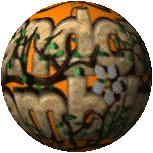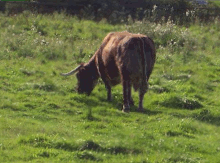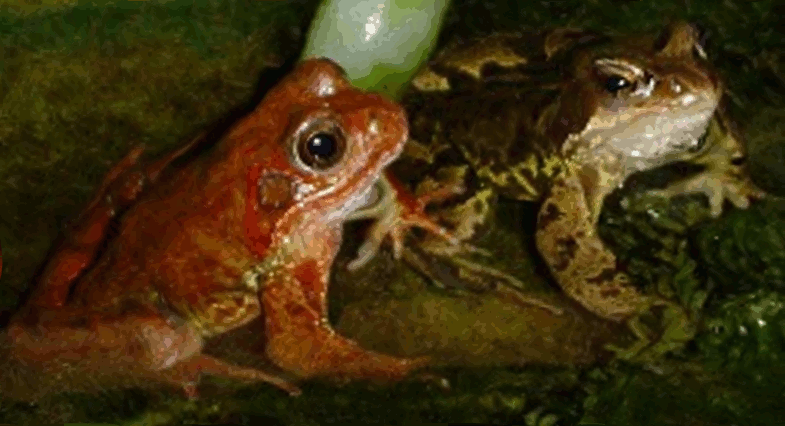There are several varieties of Hawthorn in England, all of which will happily cross-pollinate and create a large amount of variations of the parent plants. Midland hawthorn (Crataegus laevigata) grows to no more than 10 metres in height, thus making it more sort after as a garden plant with its tidy and even growth in either a tree form or, if lopped, it will form a perfect bush. Its flowers also come in a wide variety of shades from deep cherry red through to blancmange pink and on to pink cream and white or white tinged with pink. These flowers also vary from single petal, double petal and tightly formed rosettes. This hawthorn therefore makes a perfect candidate for creating a bonsai. The next variety is slightly more untidy and is known as the Common hawthorn (Crataegus monogyna) and grows to a height of approximately 15 metres on either a single, sturdy, stem bole or from a crown of thick branches. There is an Oriental hawthorn (Crataegus laciniata) 10 metres tall with an encroaching habit spreading in all directions. The smallest of the family is an Azarole hawthorn (Crataegus azarolus), which at the most grows to an 8 metre tall plant that tends to have twisting branches with a habit of spreading and lastly, a Various-leaved hawthorn (Crataegus heterophylla), which is usually around 10 metres in height. When all of these varieties are found in close proximity to each other, all kinds of variations occur. The haws or hips are gathered by birds and especially loved by doves and pigeons and so the seeds are dropped and scattered over a very wide area and readily germinate.
These are a few hawthorn leaves gathered locally ranging from Common, Midland, Azarole and various hybrid species
Hawthorn comes under the name Crataugus all having thorns and all bearing similarities. This particular grouping of small trees and shrubs all will form good stock-proof hedging which can be shaped by cutting out all of the dead wood during the Winter months. The hedge layer will then usually hammer Hazel sourced from a coppice at intervals to steak out the hedge. Once this has been done a cut is made at the base of the trunk of each stem just enough to allow the rest of the stem or branch to bend. The idea being that the whole branch will thrive and produce more leaves and branches making the hedge more dense. The bottoms of the trunks or stems are known as pleachers these are folded so that they are supported by the Hazel stakes. The top parts of each pleacher may then be pulled through to one side or crossed either side this is then held in place in neat rolls with strips of wood, which are sometimes known as hethers. This is a wide-spread method of safely keeping boisterous and robust animals from breaking through from fields into open country lanes especially in England.
Semi-cut and plaited hedge laid down during the cold Winter months before the sap has begun to rise
Hawthorn or May blossom
Old Hawthorn saying: ‘Don’t cast a clout until May is out’
Meaning: Never cast off your Winter clothing until the Hawthorn blossom is open on the boughs.


















































5 comments:
I planted an Indian Hawthorn about 5 years ago for it's berries appeal to wildlife/birds.
You have shared some great info about this plant that I didn't know. I must remember that saying!
very interesting. I like the saying about winter clothing until you see the blossoms. Makes sense and probably a better predictor than the weather man
I've learned so much from reading your posts. Thank you for sharing your knowledge on broad topics. I have nominated you for the Stylish Blogger Award you can read more information on it at http://debrasdollars.blogspot.com/2011/06/stylish-blogger-award.html#links
Have a wonderful day.
~Debra
Wow- I didn't know that hedges were made that way. I don't even try to ID hawthorns... they seem too promiscuous to even bother
Hawthorn is supposed to be good for the heart too. Do you know anythig about that?
Post a Comment